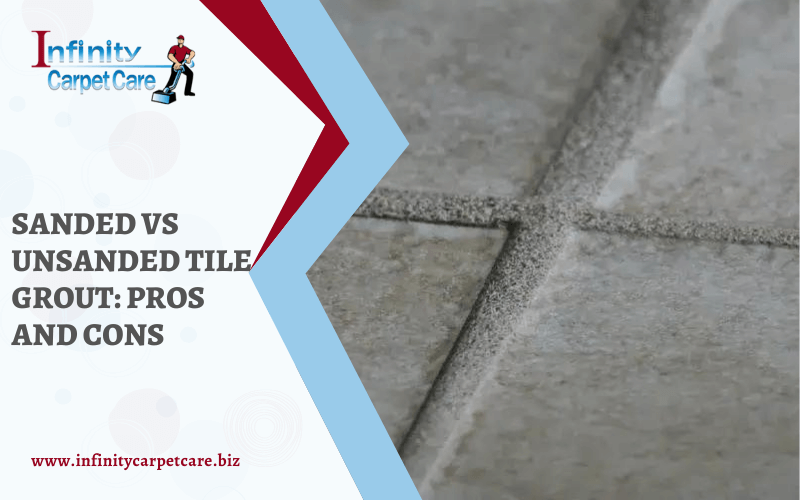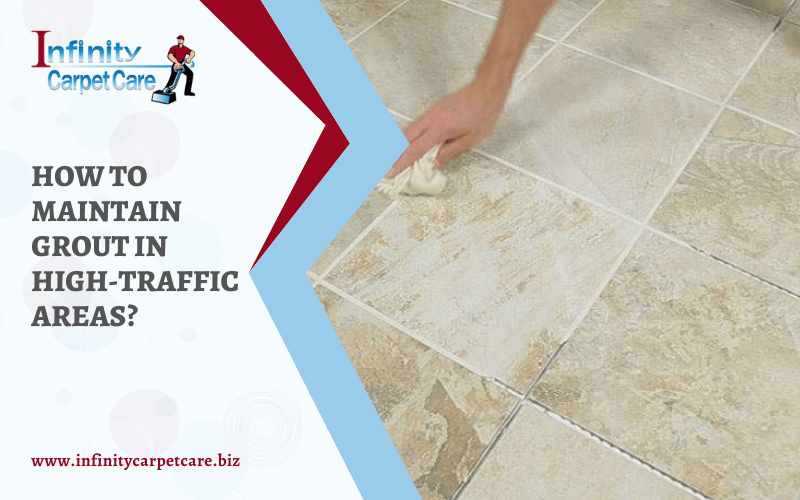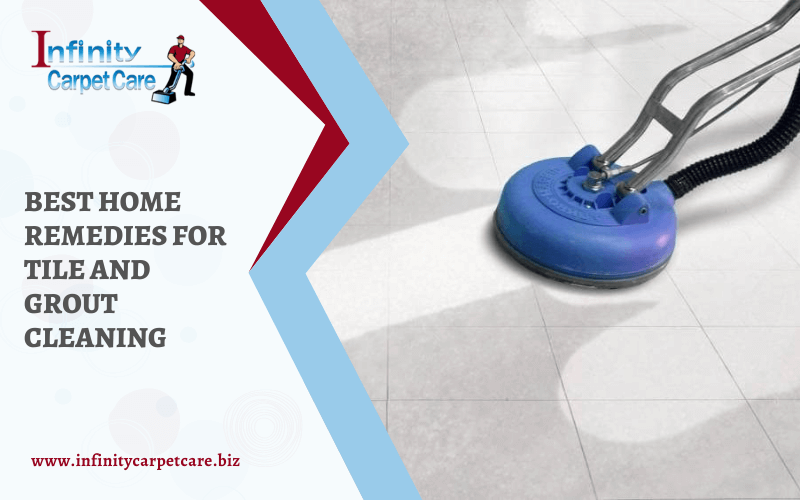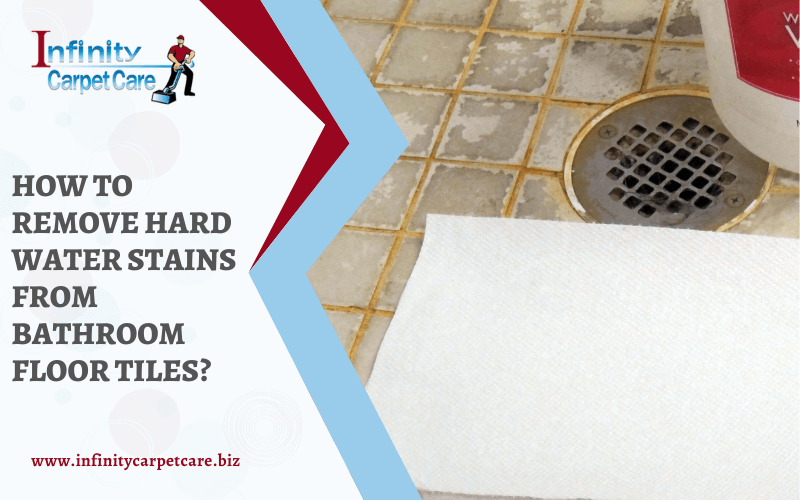Two elements are responsible for bonding the tile in place, one is mortar, and the other is grout. Mortar forms the lower bed for the tile and handles the tile’s structural stability. And grout acts as a filler for the gaps between the tiles. It seals them and provides a finishing look.
Grout has two main types: sanded and unsanded. Unsanded grout is simply a smooth mixture of water, cement, and some pigments. Sanded grout has sand mixed with it. Different grout types have different uses.
Pros and Cons Of Sanded Vs Unsanded Tile Grout
⇒ Sanded grout is more durable
Sanded grout contains aggregate sand material which thickens it and makes it more hard-wearing than unsanded grout. The unsanded grout shrinks when it dries and so it gets pulled away not allowing proper bond. While the sand makes the grout fixed in its place when dried.
⇒ Unsanded grout is better with smooth/polished surfaces
The thick and hard aggregates added to the sanded grout may scratch & damage the tiles having smooth/glossy surfaces. For this purpose, the unsanded grout works best in preserving soft and delicate tiling materials.
⇒ Sanded grout is more usable for wider/larger joints
Since sanded grout provides better adhesion due to the added aggregates, it can seal the larger and wider joints properly. While, if you use unsanded tile grout into larger seams, it will slump and crack, not providing proper joint.
⇒ Unsanded grout is better used for smaller/thinner joints
The sand present in sanded grout makes it thick and bulky. So it will not be able to properly get filled into the thin seams and tight spaces between the tiles. This makes unsanded grout a better choice when joints are smaller than ⅛ of an inch.
⇒ Sanded grout is better for heavy foot traffic areas
The durability of sanded grout makes the tiles locked and sealed hard. This strong bonding makes sanded grout appropriate to be used in high-foot-traffic areas. At the same time, if you use unsanded tile grout in that place, it won’t bear the load and there is a risk of severe cracking.
⇒ Unsanded grout is better to be used on vertical surfaces
The vertical surfaces such as walls do not require to bear heavy foot traffic load. The unsanded grout is especially fit for this use as it is sticky making the tiles easily stick and sealed. Using this grout will give great hold on vertical spaces where no pressure is applied and durability is not concerned.
⇒ Sanded grout is cheaper
Sanded grout is cheaper than unsanded one because of the sand used in it. The polymer used in unsanded tile grout makes it more expensive comparatively.
⇒ Unsanded grout is easier to work with
Unsanded tile grout is much smoother and not much bulky. This makes its application easier. It spreads easily on the surfaces, making it easier to work with than the heavy and thick sanded tile grout.
⇒ Sanded grout has more color options
Along with being cheaper, sanded grout also provides you with various color varieties. This is especially beneficial when the tiling needs to have a consistent look.
⇒ Unsanded grout is non-porous and doesn’t need to be sealed
Unsanded grout usually does not need sealing after application. It is non-porous, meaning the air and liquid particles cannot pass through it. This also makes it stain-resistant and easier to clean as compared to sanded tile grout.
Summary
Sanded tile grout can be beneficial when high stability is needed (flooring). It is more durable, cheaper, and most suitable for wider and larger seams. You can also have more color varieties in it.
However, it is not a good option for smooth surfaces and thinner seams. It is difficult to work with it due to its thick nature. Also, this grout is porous and needs to be sealed after application.
Unsanded tile grout is best for vertical surfaces and thin joints. It also preserves smooth tile surfaces better. Apart from being lightweight and easy to use, it is non-porous and doesn’t require sealing.
But it should not be used at places with heavy foot traffic and with wider joints. It can lead to cracks and slumping. Also, it is more expensive and has fewer color options.
Also Read: How to Avoid Damage When Cleaning Grout?




